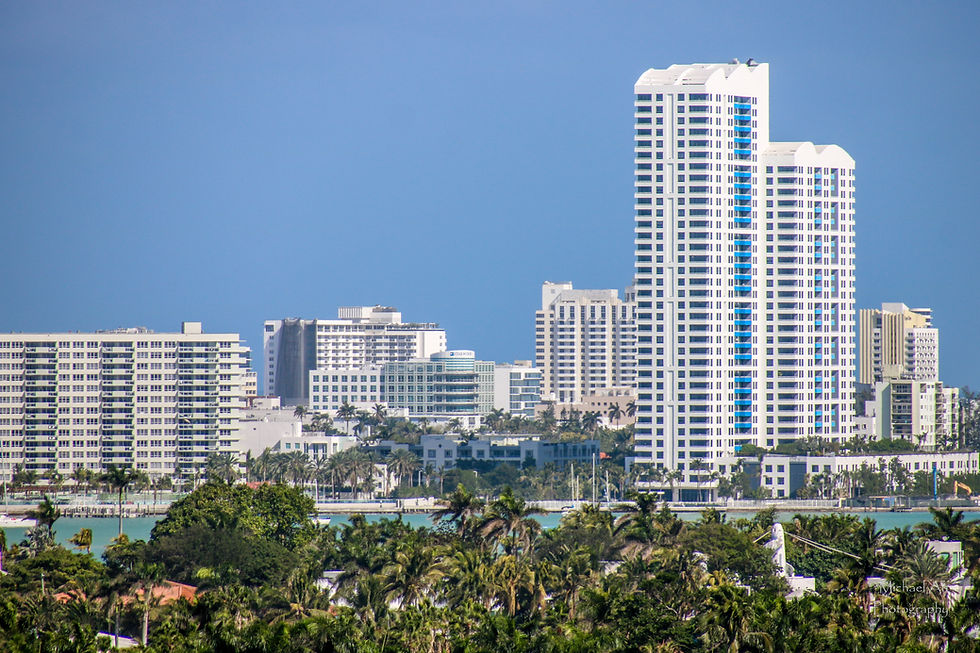Time Out’s headline: Miami is the world’s “most high-risk” housing market. What that means.
- Maria Giraldez
- 19 de out
- 1 min de leitura

What’s being reported Time Out summarizes UBS’s new Global Real Estate Bubble Index:
Miami ranks #1 for bubble risk, driven by stretched price-to-rent and price-to-income ratios after years of outsized gains. “High risk” in the UBS methodology starts at 1.5; Miami’s 2025 score is shown at the top of the table.
What that actually signalsThe index is a risk gauge, not a timing call. UBS highlights vulnerabilities—affordability, ownership costs (insurance/HOA), and inventory normalization—but also notes structural tailwinds (coastal/tax advantages, migration) that can cushion sharp corrections. Translation: elevated risk ≠ guaranteed crash.
Local implications (near term)
Markets may get more selective: newer, design-led, move-in-ready homes tend to retain liquidity better than dated stock/
Holding costs matter: insurance and condo assessments are in focus—detached, well-built single-family new construction looks relatively advantaged.
Timing: if you’re aiming for a 2026–27 move-in, aligning lot selection + pre-construction now helps lock timelines and pricing before conditions tighten.
IPE’s take Amid louder headlines, quality is the filter. Architecture, craftsmanship, and turnkey execution remain the best risk management for end-users and long-term holders—the exact corner of the market where we operate.


Comentários